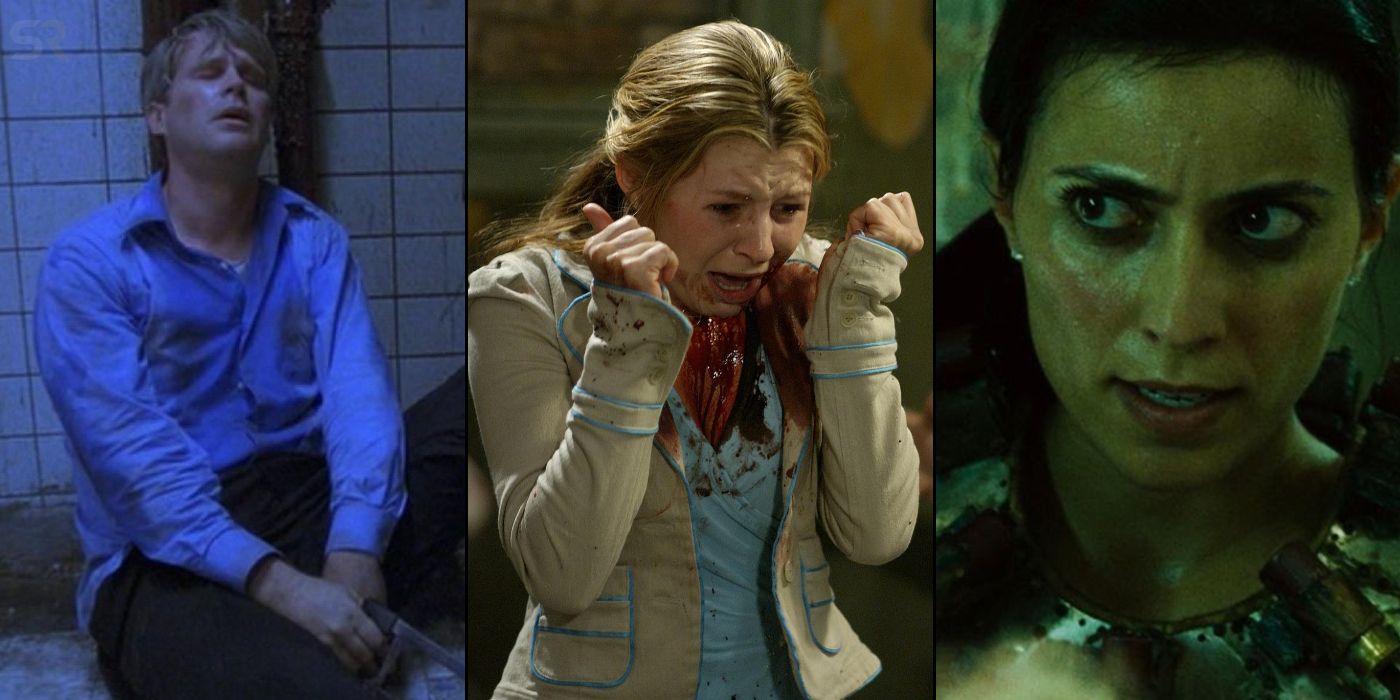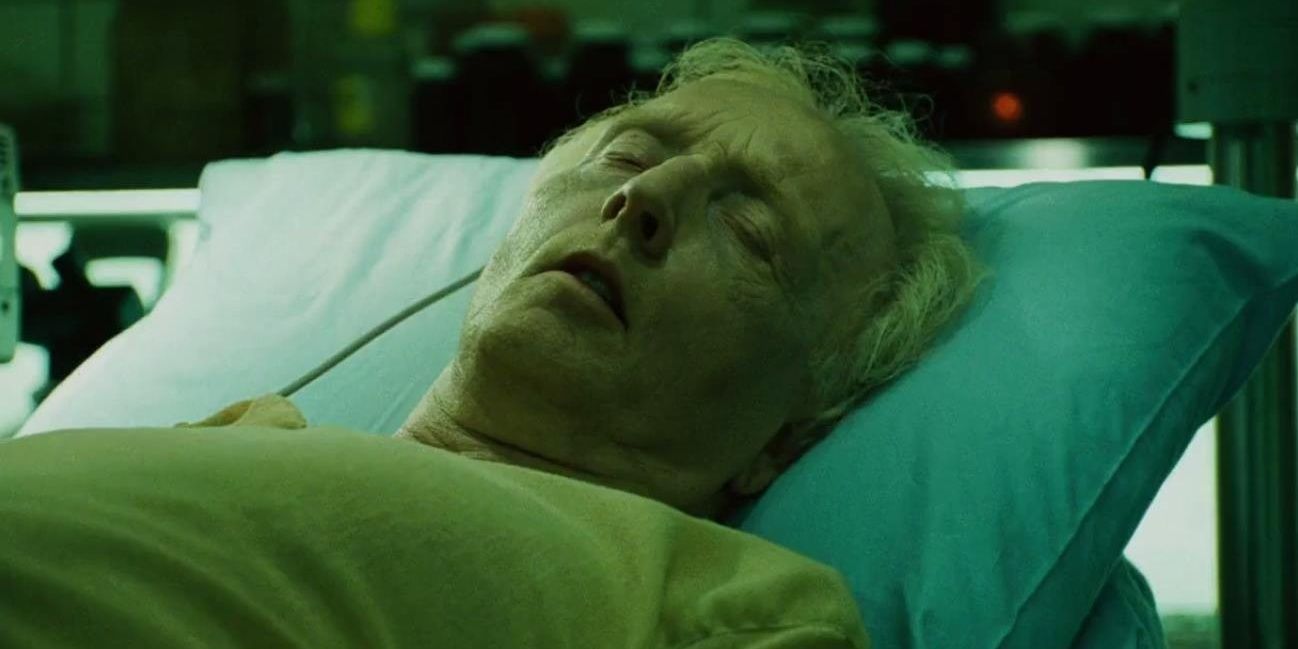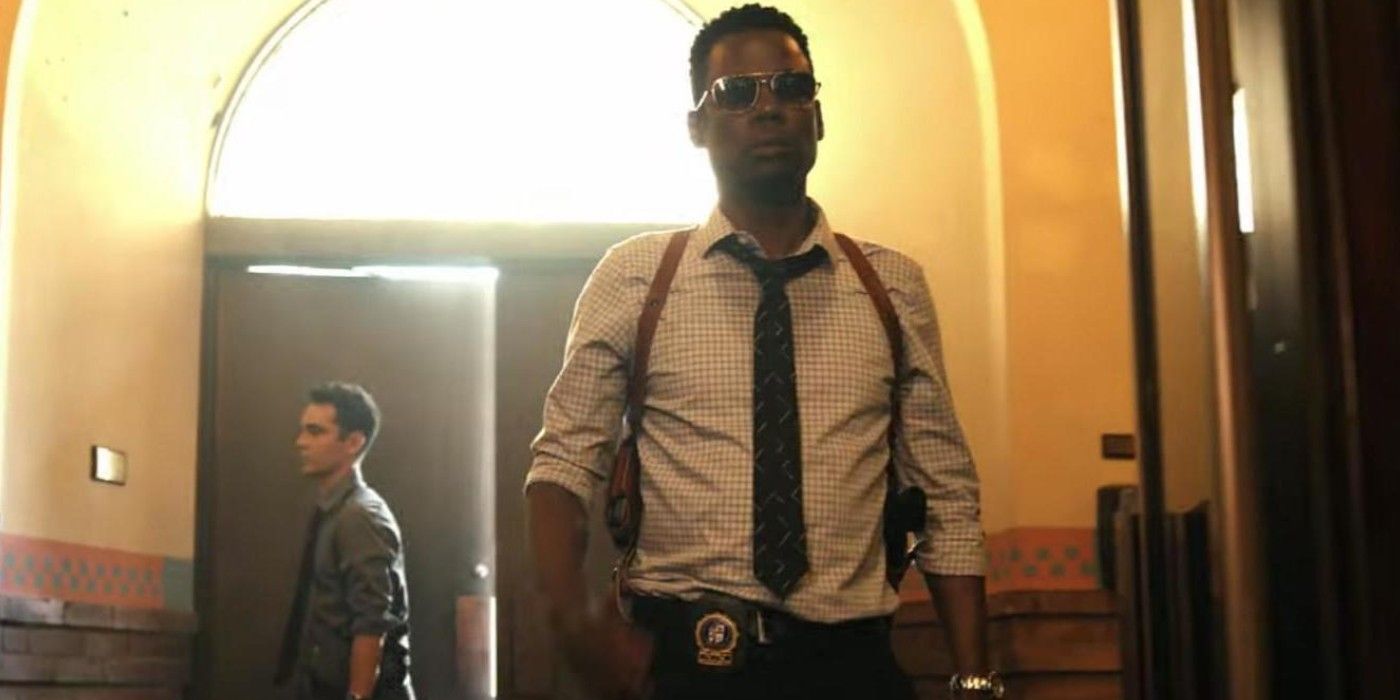The Saw movies have had an almost two-decade tenure. Their torture porn premise has eight movies so far, with a ninth on the horizon. However, the original 2004 film remains the highest rated of the franchise.
Saw has a relatively simple premise: Jigsaw (and his followers) create elaborate torture traps designed to force people to confront their own sins, escaping only at great cost to themselves. Jigsaw provides a clear through line, Tobin Bell being the only actor credited in all eight movies.
Between unique marketing campaigns and wild plot twists, Saw is a staple sleepover movie. After the success of the first movie, audiences saw yearly Saw releases up until 2010’s Saw: The Final Chapter, which was panned by critics and fans. It took seven years after that for Jigsaw to be released. The franchise has spent the last decade grinding to a halt, but its downfall really began in 2007 with the release of Saw IV.
The First Three Saw Movies Develop A Complete Story
It is a truth universally acknowledged that horror movies that do well become multi-movie franchises. 1980’s Friday The 13th spawned 11 sequels; 1984’s A Nightmare On Elm Street was the beginning of a nine-movie series; The Conjuring, released in 2013, not only spawned direct sequels, but several related movies that themselves became mini-franchises. Saw follows in the footsteps of this trend, to the detriment of its own plot.
The first three films are the tale of a dying man trying to make his mark on the world. John Kramer, alias Jigsaw, is shaped by the tragedies in his life, but it is his terminal diagnosis that frees him to act with impunity. From Saw-Saw III, each movie ups the ante with fresh twists. Giving John an apprentice allowed the movies to scrutinize his philosophy, demonstrating the kinds of monster it creates. Saw III ends with John dead and apprentice Amanda (Shawnee Smith) dying. She has failed his final test. There is closure.
Amanda as Jigsaw’s associate is a fantastic plot twist that gets watered down over the course of the next few movies that she is not the only recruit. Jigsaw is extremely powerful, especially given his physical state, but the subsequent movies see his plots enacted even a decade after he died. He becomes almost a deity, which breaks from the franchise’s humanity motif. Every Saw movie follows the same general premise, with gory traps and wild plot twists, but audiences become numb to these as they see the same formula played out over and over.
Spiral: From The Book Of Saw Provides Saw The Fresh Start It Desperately Needs
It is unclear how much of the original franchise Spiral: From The Book Of Saw will borrow, but from its trailer, it is clear it intends to strike a new tone. It eschews the originals’ classic grunge look for a clean stylized Hollywood palette. Its characters are new, but it doesn’t completely break away from some of Saw’s iconography.
The biggest problem with the Saw movies is the hole they dug themselves into. Making Saw IV after killing off the main villain meant the movies began to require some serious mental gymnastics to keep the plot moving ahead. It meant adding new layers of back story and connection that then required more layers to keep from falling apart at the seams. While even the original Saw had its plot holes, the franchise following the first trilogy was stuck in a stagnating state between forward momentum and the need to look back at the past.
Spiral provides a clean slate. Despite its flaws, the Saw franchise has clear merit, consistently drawing audiences to theaters. Had it been a trilogy, it could have been a franchise about folly, about how violence begets violence. These tight themes were lost over the course of eight movies, but the ninth could provide the fresh start the franchise so desperately needs.



